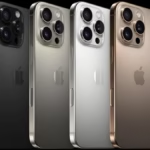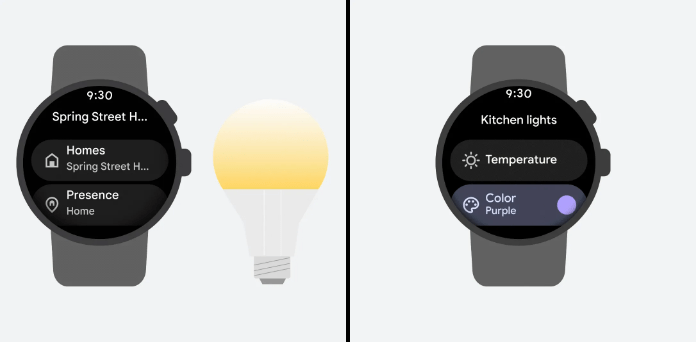Apple Smart Glasses 2025 and Beyond: The Future of Wearable Tech
Estimated reading time: 15 minutes
Key Takeaways
- While many anticipate an apple smart glasses release date 2025, credible reports suggest a launch window in late 2026 or early 2027 due to ongoing technical and production challenges.
- The Apple Vision Pro, launched in 2024, serves as a crucial precursor, informing the design and functionality of future Apple smart glasses.
- Apple’s legacy with the Apple Watch and AirPods has built a strong foundation for seamless integration of new wearable form factors.
- Expected features include a lightweight, fashion-forward design, custom chips, advanced AI-driven capabilities (like “Visual Intelligence”), and a price point under $1,000 for the initial release.
- The smart glasses market is heating up, with competitors like Meta and Google also pushing innovation in AI and integrated displays for 2025.
- Beyond smart glasses, advancements in health monitoring and AI-powered hearables are shaping the broader future of apple wearable technology.
- These revolutionary wearable tech innovations are poised to significantly impact daily life, communication, and various industry sectors.
Table of contents
- Apple Smart Glasses 2025 and Beyond: The Future of Wearable Tech
- Key Takeaways
- Debunking the 2025 Launch: What the Research Says about Apple Smart Glasses Release Date
- The Vision Pro Precedent: Paving the Way for Apple’s Smart Glasses
- Evolution of Apple’s Wearables: From Watch to Smart Glasses
- Envisioning Apple’s Smart Glasses: Features, Form Factor, and Functionality
- The Competitive Landscape: What to Expect from the Best Smart Glasses 2025
- Beyond Smart Glasses: Revolutionary Wearable Tech Innovations on the Horizon
- Societal Impact and the Future of Interaction
- Final Thoughts on Apple’s Wearable Revolution
- Frequently Asked Questions
Debunking the 2025 Launch: What the Research Says about Apple Smart Glasses Release Date
There is significant anticipation surrounding the apple smart glasses release date 2025. However, a closer look at credible industry reports and analyses suggests a more nuanced timeline.
While the allure of new Apple technology is undeniable, many informed sources indicate that a mainstream release for Apple’s smart glasses is more likely to occur in late 2026 or even early 2027. This projected delay isn’t a sign of stagnation, but rather a reflection of the complex technical and production hurdles that Apple is reportedly navigating. The development of such advanced wearable technology requires meticulous attention to detail, from miniaturizing components to ensuring seamless software integration.
The reasons for this projected timeline are multi-faceted. Reports from various tech outlets, including insights shared in videos like this YouTube video and articles from CNET and MacRumors (also here), point to the significant engineering challenges involved in creating a product that is both powerful and unobtrusive. These challenges often involve perfecting power efficiency for all-day use, integrating advanced sensor technology, and ensuring a comfortable, stylish form factor.

Despite the projected launch window, development is clearly progressing. Large-scale prototype testing is reportedly underway throughout 2025, which is a strong indicator of active development and Apple’s commitment to refining the user experience. Apple’s strategic approach, as evidenced by its product development history, often involves prioritizing the perfection of hardware integration and the underlying software environment. In this case, the visionOS software platform, which powers the Vision Pro, is likely being further developed and optimized to support the unique capabilities of smart glasses. This deliberate approach to deferring the launch is a testament to Apple’s unwavering commitment to delivering a robust and polished user experience right out of the gate.
The Vision Pro Precedent: Paving the Way for Apple’s Smart Glasses
The launch of the Apple Vision Pro in 2024 has undeniably set the stage for Apple’s ambitions in the realm of spatial computing and augmented reality. This groundbreaking device, while positioned as a premium, first-generation product, has served as a critical precursor, fueling both apple vision pro successor rumors and broader industry expectations for what’s next in wearable technology.
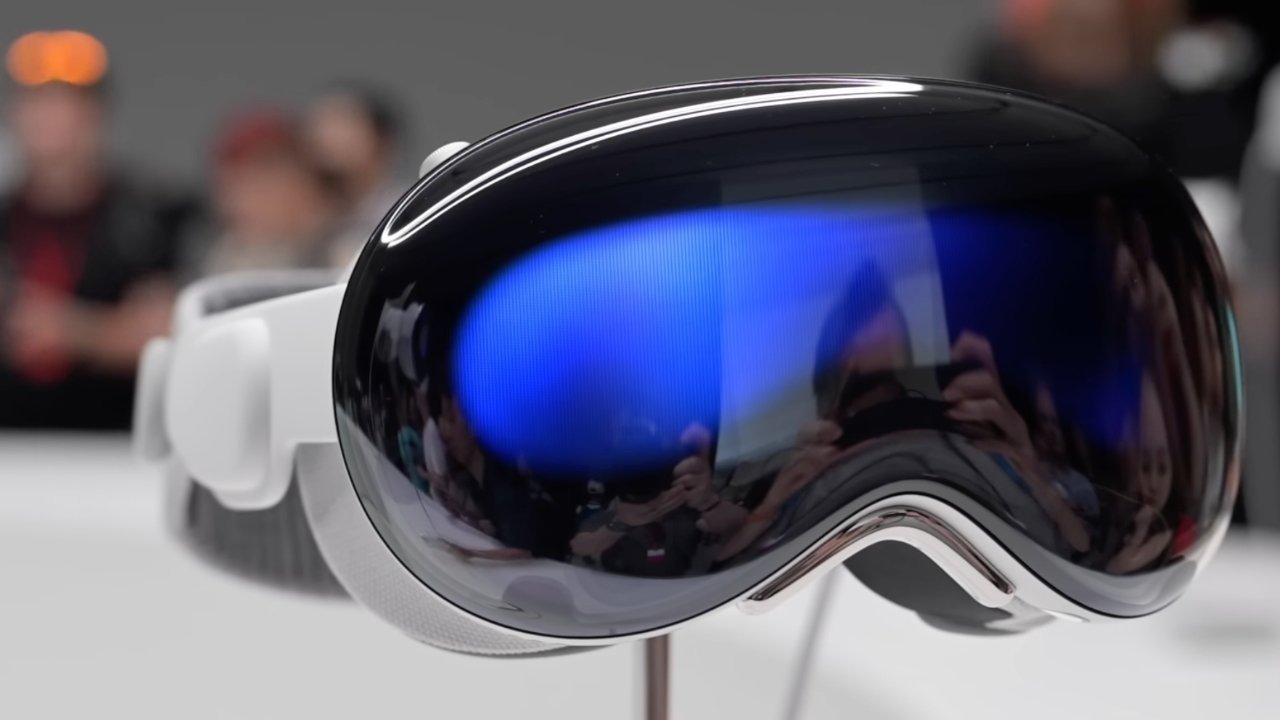
The Vision Pro’s role in expanding Apple’s spatial computing ambitions cannot be overstated. It has provided a tangible glimpse into a future where digital information is seamlessly overlaid onto the physical world. This has significantly influenced the future of apple wearable technology, demonstrating Apple’s commitment to innovating beyond traditional form factors like watches and headphones.
While the Vision Pro garnered praise for its advanced capabilities and innovative interface, it’s also important to acknowledge its limitations in terms of mass adoption. Its high price point and somewhat bulky form factor positioned it more as a developer kit and a glimpse into the future rather than an everyday consumer device. However, this very experience has been invaluable for Apple, serving as a crucial learning opportunity. The insights gained from the Vision Pro’s development and early market reception are expected to directly influence the design, functionality, and, importantly, the accessibility of future wearables, including their highly anticipated smart glasses.

The lessons learned from the Vision Pro are likely to translate into a more refined and consumer-friendly product with Apple’s smart glasses. This could manifest in a more lightweight and stylish design, improved battery life, and a more intuitive user interface that integrates seamlessly into daily life, rather than demanding a completely new way of interacting with technology.
Evolution of Apple’s Wearables: From Watch to Smart Glasses
Apple’s journey into the wearable technology space is a testament to its strategic vision and execution. The company’s dominance began with the revolutionary Apple Watch and the ubiquitous AirPods, devices that not only established a strong foothold in the market but also cultivated a deep understanding of user needs and preferences in wearable form factors. These early successes were instrumental in building a robust ecosystem and preparing consumers for the next wave of innovation.

The Apple Watch, launched in 2015, did more than just tell time; it became a personal health and fitness companion, a communication hub, and a gateway to the digital world, all from the wrist. Similarly, AirPods transformed the personal audio experience, offering unparalleled convenience and seamless integration with Apple devices. These products collectively established Apple’s reputation for user-centric design, seamless integration within its ecosystem, and a commitment to pushing technological boundaries.
This foundation is absolutely crucial for the successful integration of future smart glasses. Apple has a proven track record of creating devices that work harmoniously together, creating an experience that is greater than the sum of its parts. The ability to transition notifications, calls, and even complex applications between an iPhone, Apple Watch, AirPods, and eventually, smart glasses, will be a key differentiator.

The concept of Apple’s “wearable revolution” has been about more than just individual devices; it’s about creating a connected, intuitive, and personalized technological experience that accompanies users throughout their day. This has not only prepared the market for more advanced form factors but has also conditioned consumers to expect a certain level of quality, functionality, and integration from Apple’s wearable offerings. As Apple ventures into smart glasses, it leverages this established trust and ecosystem to introduce a device that promises to further blur the lines between the digital and physical worlds.
Envisioning Apple’s Smart Glasses: Features, Form Factor, and Functionality
Based on recent leaks, patent filings, and industry analysis, a picture is beginning to emerge of what Apple’s smart glasses might actually entail. The company’s approach is expected to be characteristically meticulous, focusing on delivering a refined and integrated experience.
Form Factor: The anticipated form factor is a significant departure from the bulkier prototypes seen in the industry. Apple is reportedly aiming for a fashion-forward, lightweight design that closely resembles traditional eyewear. This focus on aesthetics and comfort is crucial for encouraging widespread adoption and making the glasses a desirable accessory rather than a clunky piece of technology.

Potential Hardware: Under the hood, the smart glasses are expected to feature custom Apple-designed chips, likely based on the efficient architecture of Apple Watch System-on-Chips (SoCs). This would enable impressive power efficiency, potentially allowing for all-day use on a single charge, a critical factor for any wearable device. The hardware suite is also expected to include multiple cameras for environment sensing and potential AR interactions, microphones for voice commands and communication, and advanced display technology to project information seamlessly into the wearer’s field of view.
AI-Powered User Assistance: “Visual Intelligence” A core focus is expected to be on AI-powered user assistance, a concept Apple is reportedly terming “Visual Intelligence.” This will likely position the glasses as a sophisticated bridge between current hearable technology and advanced AR hardware. Imagine receiving real-time, context-aware information overlaid on your vision as you navigate a new city, identify objects, or even translate conversations on the fly. This AI-driven assistance is poised to be a major selling point, offering unprecedented utility and convenience.

Early Prototype Capabilities: Early prototypes are said to be capable of a range of functions, including hands-free translation, turn-by-turn navigation projected directly into the user’s line of sight, photo capture, and context-aware information overlays. These features aim to differentiate Apple’s offering from competitors like Meta and Google by focusing on practical, everyday utility and seamless integration rather than purely immersive AR experiences, at least in the initial stages.
Pricing: Industry watchers anticipate an initial price point of sub-$1,000 for the first iteration of Apple’s smart glasses. This pricing strategy would position them as a more accessible entry point into augmented reality compared to the high-end Vision Pro, while reserving more advanced AR capabilities for future, potentially more expensive, iterations.
The Competitive Landscape: What to Expect from the Best Smart Glasses 2025
As Apple gears up for its smart glasses launch, it’s important to position its potential offering within the broader context of the rapidly evolving best smart glasses 2025 market. The year 2025 is shaping up to be an inflection point for wearable technology, with several major players aggressively advancing their own smart glass initiatives.
Competitors like Meta, Google, and Samsung are not standing still. They are actively developing and refining their smart glasses, with a strong emphasis on integrating Artificial Intelligence (AI), developing sophisticated augmented reality displays, and building robust app ecosystems. Meta’s ongoing investment in its Ray-Ban Stories line and its broader metaverse ambitions, coupled with Google’s history with Google Glass and its continued exploration of AR, highlight the competitive pressure and innovation driving this space.
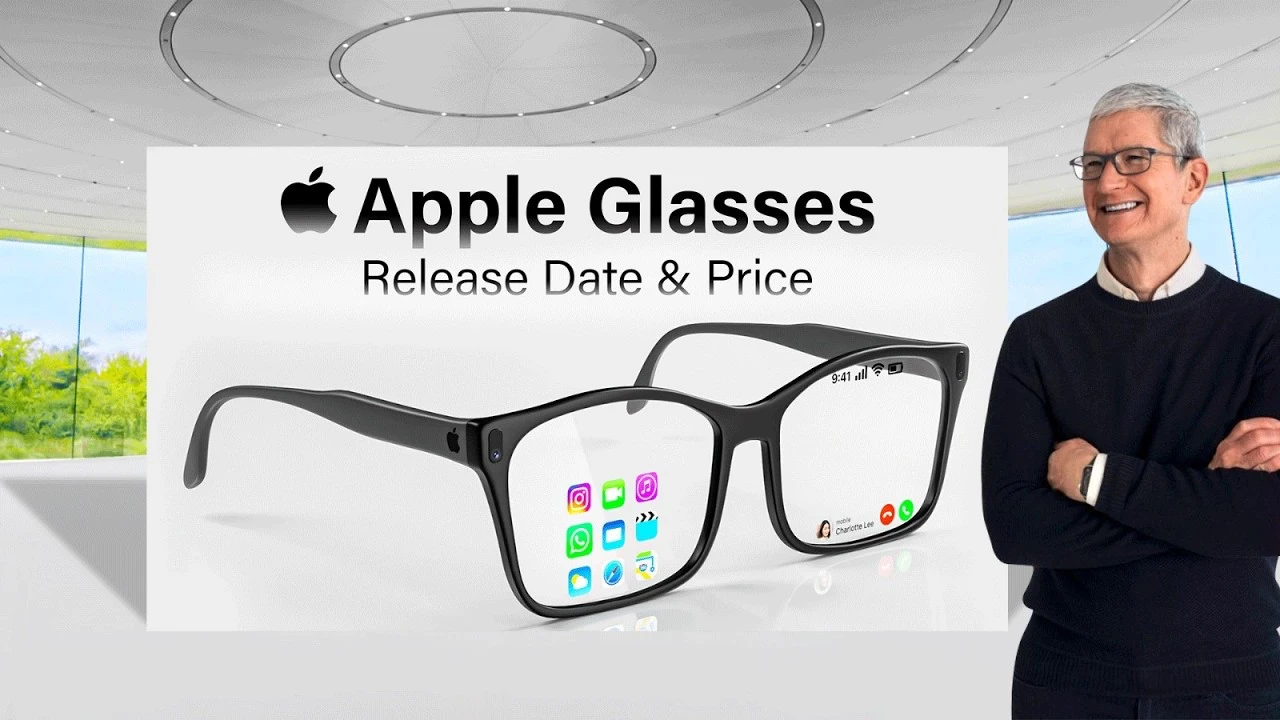
Apple is expected to leverage its well-known strengths to differentiate its smart glasses. These strengths include its unparalleled synergy between hardware and software, a deep-rooted commitment to user privacy, and a reputation for elegant, intuitive design. While competitors may focus on specific niche applications or cutting-edge AR features, Apple’s strategy is likely to be more holistic, aiming for a device that seamlessly integrates into the daily lives of its vast user base.
The crucial role of integration with the existing Apple ecosystem cannot be overstated. For a frictionless user experience, Apple’s smart glasses will need to work seamlessly with the iPhone, Apple Watch, AirPods, and Siri. This integration will enable practical, everyday scenarios such as managing communications, receiving navigation prompts, accessing notifications, and even monitoring health data, all without requiring constant interaction with a smartphone. This deep integration is a significant advantage that few competitors can match.
Beyond Smart Glasses: Revolutionary Wearable Tech Innovations on the Horizon
While the excitement surrounding Apple’s smart glasses is palpable, it’s essential to broaden our perspective to encompass the wider landscape of revolutionary wearable tech innovations anticipated in 2025 and beyond. Apple’s overarching vision for wearable technology extends far beyond a single product category.
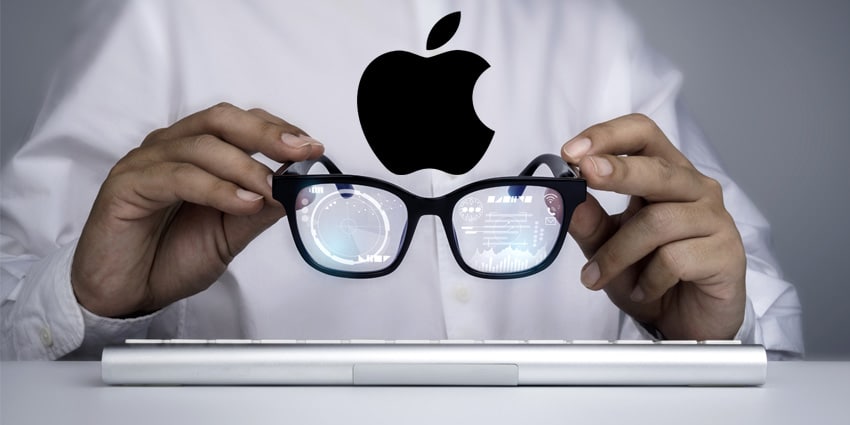
Significant advancements are expected in the realm of advanced health monitoring. A particularly groundbreaking area is the potential for non-invasive glucose sensing, a technology that could revolutionize diabetes management and general health tracking. While still in development, such innovations highlight the growing sophistication of wearables in providing deep health insights.
Furthermore, the evolution of AI-powered hearables, such as AirPods, is set to continue. We can anticipate enhanced voice assistant capabilities, more sophisticated audio processing for personalized sound experiences, and even health-related features embedded within earbuds. The ongoing miniaturization and diversification of wearable form factors will also play a key role, with new categories of devices emerging that cater to specific user needs and activities.

Crucially, Apple’s visionOS is being positioned not just as the operating system for the Vision Pro, but as a unifying software layer that will enable shared experiences and synergistic interactions across Apple’s entire range of wearable devices. This approach aims to create a cohesive ecosystem where devices communicate and collaborate seamlessly, further blurring the lines between the digital and physical worlds. Imagine your smart glasses sharing contextual data with your AirPods or your Apple Watch receiving health insights from your glasses.
These integrated innovations are not merely incremental updates; they are set to drive entirely new applications across communication, productivity, and entertainment. By weaving together the capabilities of various wearables, Apple is shaping the overall future of apple wearable technology into a more immersive, intuitive, and interconnected experience that promises to redefine how we interact with technology and the world around us.
Societal Impact and the Future of Interaction
The advancements Apple is making in wearables, particularly with the anticipated release of smart glasses, carry profound implications for daily life, communication, and entertainment. These revolutionary wearable tech innovations are not just about convenience; they have the potential to reshape societal norms and human interaction.

The societal and economic implications of these advancements are significant. Apple’s entry into the smart glasses market is expected to accelerate mainstream adoption, much like the iPhone did for smartphones. This widespread adoption will undoubtedly influence how we communicate, work, and consume information. Furthermore, the pervasive nature of wearable technology raises important discussions around privacy, data security, and the ethical considerations of collecting and processing personal information.
The impact of these technologies is likely to be felt across numerous sectors. In fashion, smart glasses could become the next must-have accessory, blending style with functionality. Healthcare could be transformed by real-time health monitoring and augmented reality-assisted procedures. Education might see new immersive learning experiences, and workplace collaboration could be enhanced through shared augmented reality environments. The potential applications are vast and varied, promising to revolutionize how we approach these fundamental aspects of life.
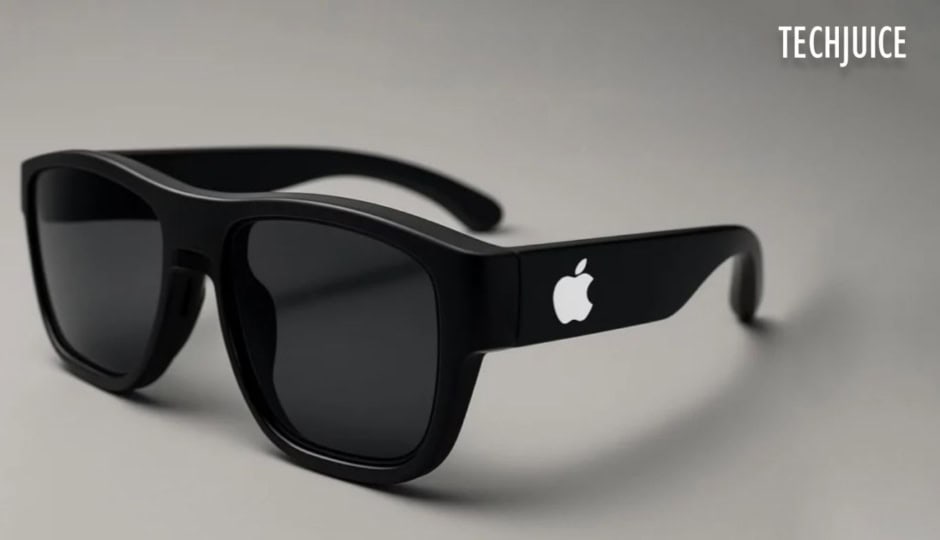
Given Apple’s proven track record of shaping markets and fostering robust ecosystems, its smart glasses are positioned to be a pivotal step towards a more immersive, AI-augmented future. Even if the initial iterations are relatively limited in their augmented reality capabilities, they will lay the groundwork for more advanced applications. Apple’s ability to integrate hardware, software, and services seamlessly will be key in making these complex technologies accessible and desirable for a broad audience, fundamentally changing our interaction with the digital world.
Final Thoughts on Apple’s Wearable Revolution
The discussion surrounding the apple smart glasses release date 2025 has evolved, with current expectations pointing towards a late 2026 or early 2027 launch. Despite this adjustment, the excitement for the future of apple wearable technology remains incredibly high, fueled by Apple’s consistent innovation and its strategic approach to product development.

When they do arrive, Apple’s smart glasses are poised to be among the most anticipated and, likely, the best smart glasses 2025 (or shortly thereafter), setting new standards in the industry. The ongoing buzz and speculation, including the persistent apple vision pro successor rumors, underscore the significant impact these devices are expected to have.
Ultimately, Apple continues to be at the forefront of this exciting evolution. The transformative power of revolutionary wearable tech innovations is undeniable, and Apple’s commitment to integrating these advancements into our daily lives promises a future where technology is more seamless, intuitive, and deeply interwoven with our experiences. The journey from the Apple Watch and AirPods to the sophisticated possibilities of smart glasses represents a significant leap forward in how we interact with the digital world, positioning Apple as a key architect of this wearable revolution. Explore the latest innovations in wearable tech.
Frequently Asked Questions
Q1: When is the Apple Smart Glasses release date?
While initially rumored for 2025, current industry reports suggest a more likely release window for Apple’s smart glasses in late 2026 or early 2027 due to technical and production complexities.
Q2: What is the expected price for Apple’s smart glasses?
The initial version is anticipated to be priced under $1,000, making it more accessible than the Apple Vision Pro.
Q3: How will Apple’s smart glasses differ from competitors?
Apple is expected to differentiate through its seamless integration with the Apple ecosystem, a strong emphasis on privacy, a lightweight and fashionable design, and AI-powered features like “Visual Intelligence.”
Q4: What role did the Apple Vision Pro play in the development of smart glasses?
The Vision Pro served as a crucial precursor, providing valuable insights into spatial computing, AR/VR technology, and user interaction that will inform the design and functionality of Apple’s future smart glasses.
Q5: What are some other revolutionary wearable tech innovations expected in the near future?
Beyond smart glasses, expect advancements in health monitoring (like non-invasive glucose sensing), more sophisticated AI-powered hearables, and the continued miniaturization and diversification of wearable form factors.
“`




